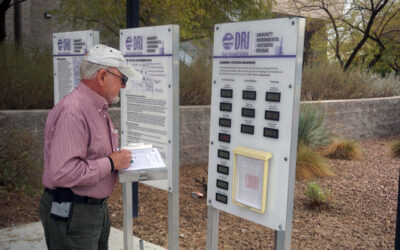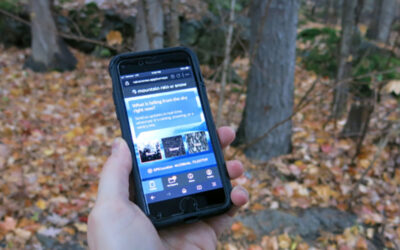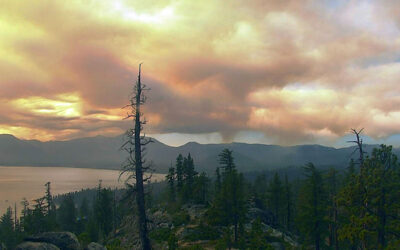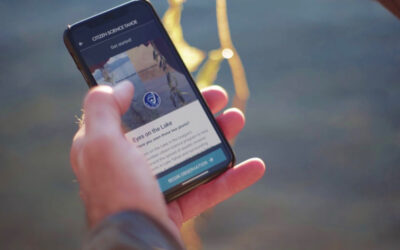For more than 40 years, DRI’s Community Environmental Monitoring Program (CEMP) has worked to address fears about radiation exposure and provide answers to the concerned public in communities surrounding the NNSS through a simple but impactful solution: putting radioactivity data in the hands of the people.
“Mountain Rain or Snow” Seeks Citizen Scientists and Winter Storm Reports
Mountain Rain or Snow is launching a project where citizen scientists like you can submit observations of rain, snow, and mixed precipitation via your smartphone, laptop, desktop, tablet, or any other device with a browser.
Fire tornado prediction tools to be developed for public safety during extreme wildfires
University of Nevada, Reno and DRI researchers are building the predictive and diagnostic tools that will transform the understanding of fire-generated extreme weather and pave the way for future life-saving warnings to firefighters and the general public.
Visitors and residents help protect Tahoe’s environment with their smartphones
The app update will engage thousands of visitors in protecting Tahoe’s environment by quickly and easily reporting observations of aquatic invasive species, litter, water quality, algae, and more.



